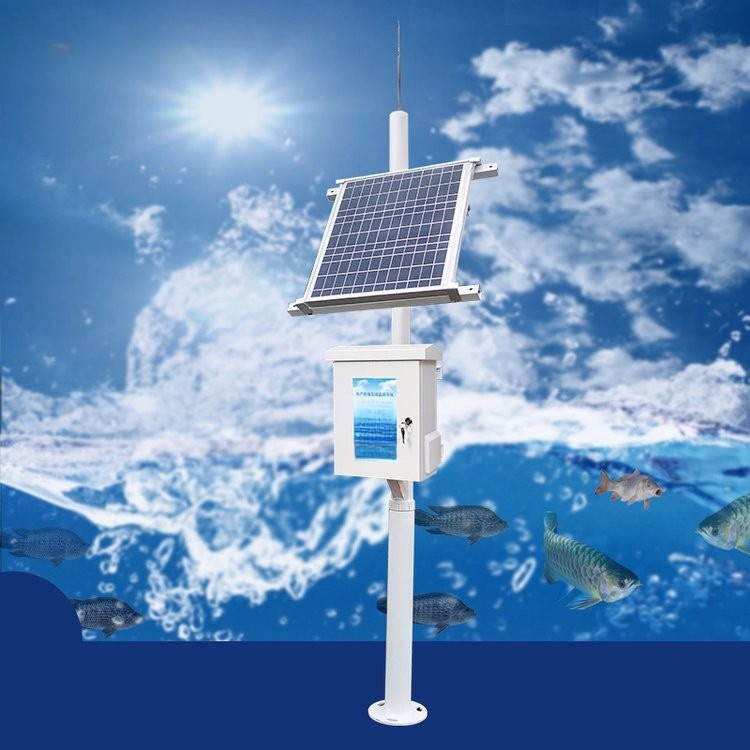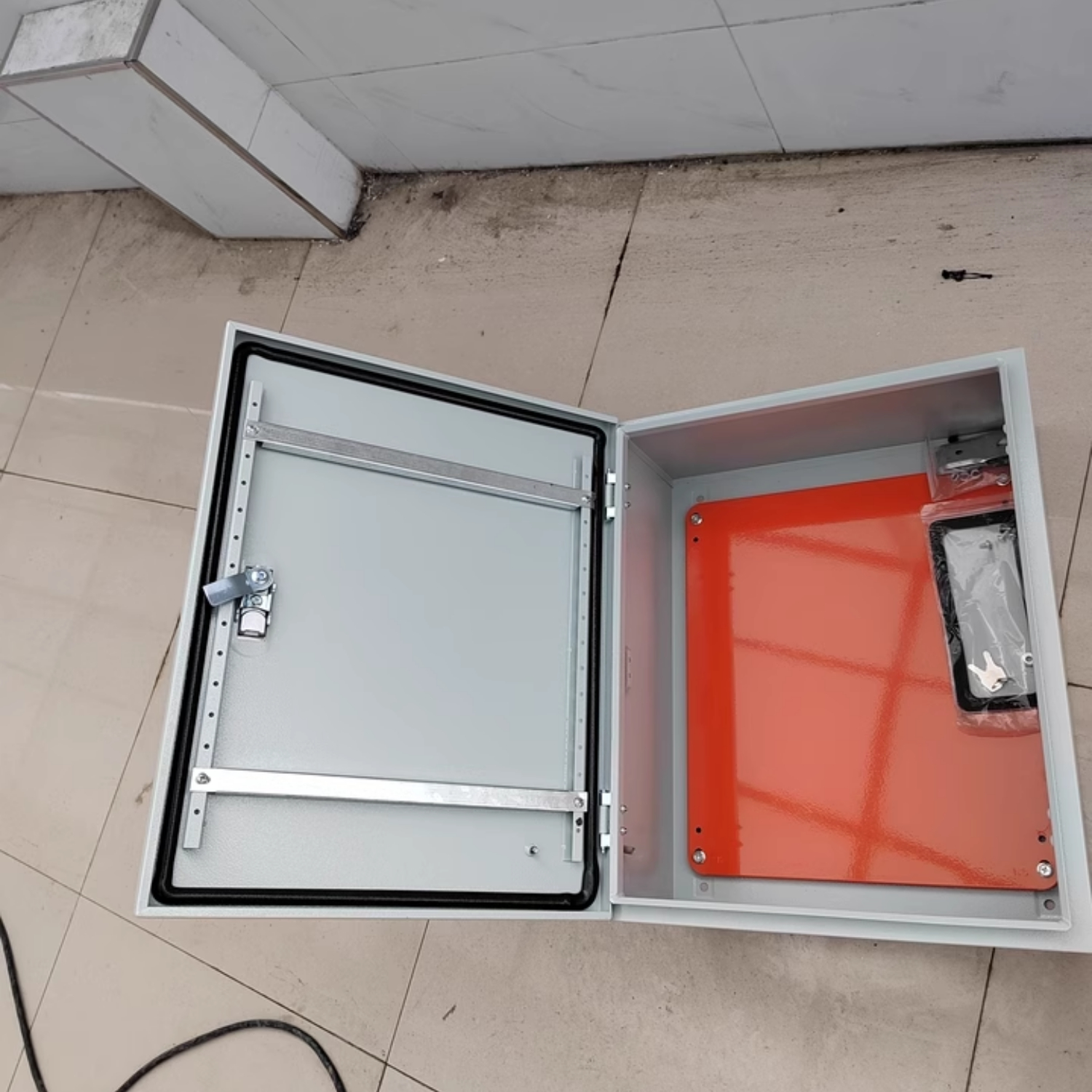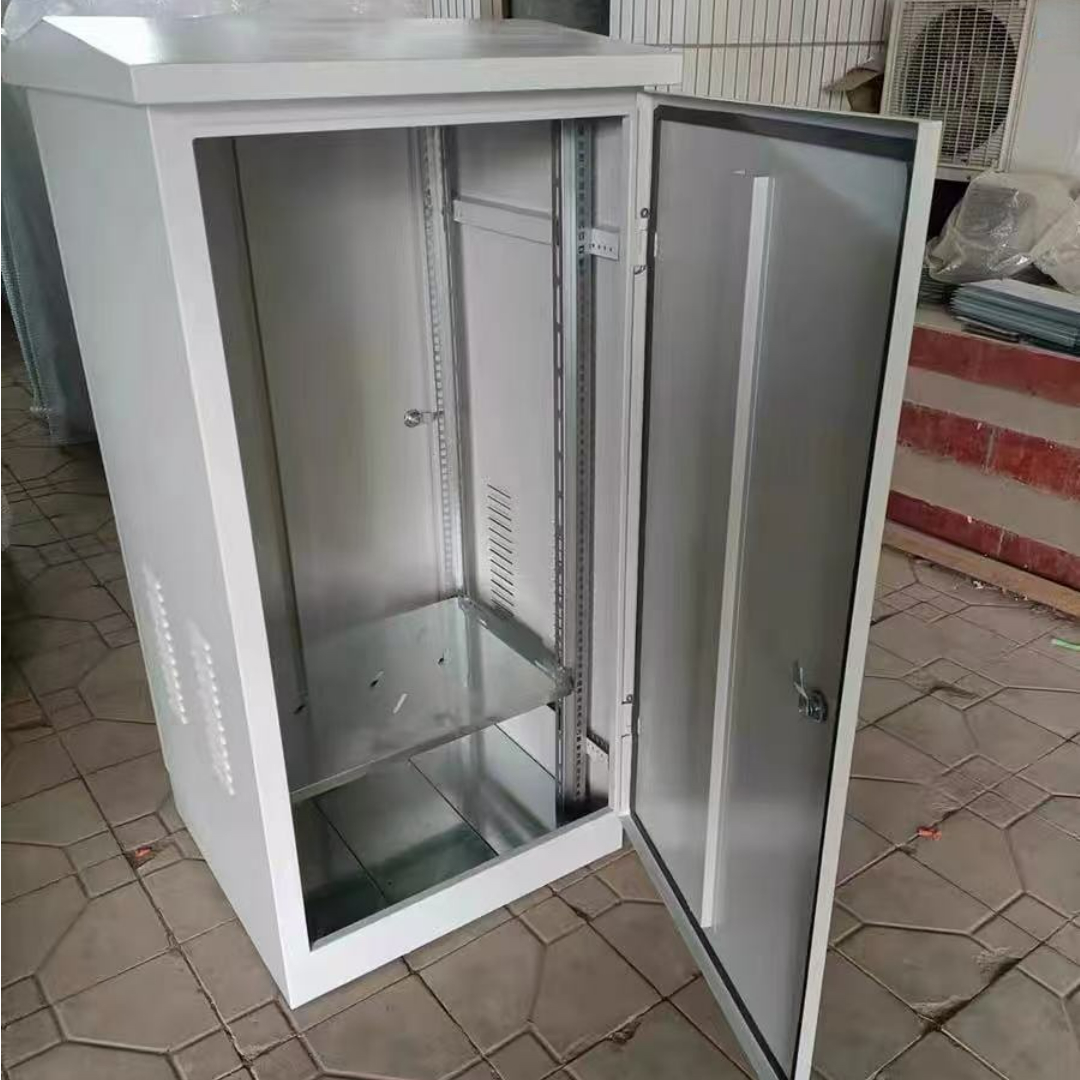Home / News / Industry news
Industry news
Aug 03,2025
By:Shinging
If you've ever seen dew on the grass in the morning, you've observed a process called condensation. While it might appear appealing on a lawn, that same event can inflict considerable harm to electronic and electrical equipment, even when housed in protective casings. Choosing the correct housing for an electrical or electronic device requires taking into account all possible environmental hazards that the device might face. Condensation is an issue that cannot be overlooked since it can allow moisture to enter an enclosure.What are the processes involved in condensation, and what steps can be implemented to avoid condensation in an electronics enclosure? We will discuss these subjects in today’s article.
Details Regarding Condensation
What is the process of condensation? It ultimately relates to what is known as phase change: the alteration of matter between various states like liquid and gas. In various settings, especially outdoors, water vapor (a gas) hangs in the atmosphere. This is the phenomenon we call humidity. Warm air can contain a large volume of water vapor, which explains why humidity often rises in summer. Air's capacity to hold water vapor diminishes as its temperature decreases. This clarifies why a metric called relative humidity is often used to convey humidity in relation to ambient temperatures — identical volumes of water vapor in the air may lead to condensation at an air temperature of 45 degrees, but not at 65 degrees. Consequently, when moist air cools down, water begins to condense or change back to its liquid state. (This condensation is a component of the process that leads to all forms of precipitation like rain and snow.) When moist air touches a surface with a temperature at or beneath the dew point, water will start to form on that surface. Electronics enclosures, especially those in outdoor settings, often serve their purpose well.Condensation causes minimal damage when it accumulates on the exterior of an enclosure (though saltwater condensation can pose a corrosion risk unless a corrosion-proof enclosure is utilized). Nevertheless, when condensation accumulates within an enclosure, it creates a situation for issues.
The Detrimental Effects of Condensation on Electrical and Electronic Devices
Condensation can serve as an alternative route for moisture in a normally-dry enclosure. It's the covert intruder that attacks in unexpected places, leading to significant issues for the electronics within the enclosures. Outdoor enclosures are particularly susceptible to condensation, as they are frequently placed in areas with elevated humidity. If an enclosure is not safeguarded against moisture penetration, condensation may build up on the interior components of the enclosure. In icy conditions, water that forms and then freezes turns into frost, which can cause even greater harm to delicate device parts. Condensation can inflict various types of damage on electrical and electronic components, along with the enclosures themselves. Certain potential risks linked to condensation within enclosures consist of:
·Electrical shorts
- Corrosion
·Early failure
·Pollution from mold and various organisms
·Drainage of water from enclosures
·Threat of distress to staff
Overall, it is evident that avoiding condensation in enclosures will be crucial for numerous enclosure purchasers. The next question: What methods can accomplish that?
Ways to Avoid Condensation in Electrical Enclosures
Designers and engineers of devices have created a set of tools and methods to manage condensation within enclosures. Here are several of the most significant and frequently utilized:
Utilizing a waterproof outdoor enclosure, generally a minimum of a NEMA 4, NEMA 4X, or NEMA 6 enclosure to safeguard the equipment. These enclosure ratings aim to provide waterproof protection, and numerous models feature watertight gasket seals crafted from materials like food-grade silicone rubber. Shinging provides a complete variety of outdoor enclosure choices.
·Placing equipment like heaters, air conditioners, dehumidifiers, and fans within an enclosure to assist in regulating the internal temperatures of the enclosure. These devices are commonly controlled by elements like thermostats and hygrostats, which automatically activate the heaters or fans when ambient conditions meet specific temperature and/or relative humidity levels.
·Choosing a vented enclosure (or incorporating waterproof air vents into an enclosure) to enhance the ventilation and airflow of the enclosure. Vent plugs are a favored method for ensuring airflow without sacrificing condensation protection due to their liquid-tight seals and ultrasonically-welded membranes that prevent vapor intrusion.
- Utilizing corrosion inhibitor sprays or gels on the enclosure and/or its electrical parts to guard against the possible harmful effects of condensation.
·Include desiccant packets (silica gel packets) within the enclosure to assist in moisture absorption.
By remaining mindful of the risks that condensation presents and implementing measures to reduce them, you can ensure that your devices are safeguarded. Additional inquiries regarding methods to avoid condensation in enclosures? Our enclosure specialists are eager to hear from you. Simply reach out to us at +86 18939857433 or get in touch with us online for a complimentary estimate.

The global shift towards renewable energy has made solar energy the cornerstone of sustainable infrastructure. For commercial professionals supervisin...
Dec 18,2025 / Industry news
In industrial infrastructure, selecting enclosure materials for Power distribution cabinet Enclosure is a crucial choice influencing durability, cost ...
Dec 16,2025 / Industry news
In industrial and commercial environments, electrical junction box enclosures are important protective tools for electrical systems. These enclosures ...
Nov 25,2025 / Industry newsOnline

Provider of Complete Metal Manufacturing Solutions
+86 18939857433
1188 Jiu Ye Road, Shanghai, China
11561 N Lamar Blvd,Austin,Texas,United States of America,78753
Gyeongin-ro 56-gil 8, ,3F jjbeauty,Guro-gu,Seoul,Guro-gu,Seoul,Republic of Korea
Top
Copyright © 2025 Shinging Technology Co., Ltd.,
Power By Bontop